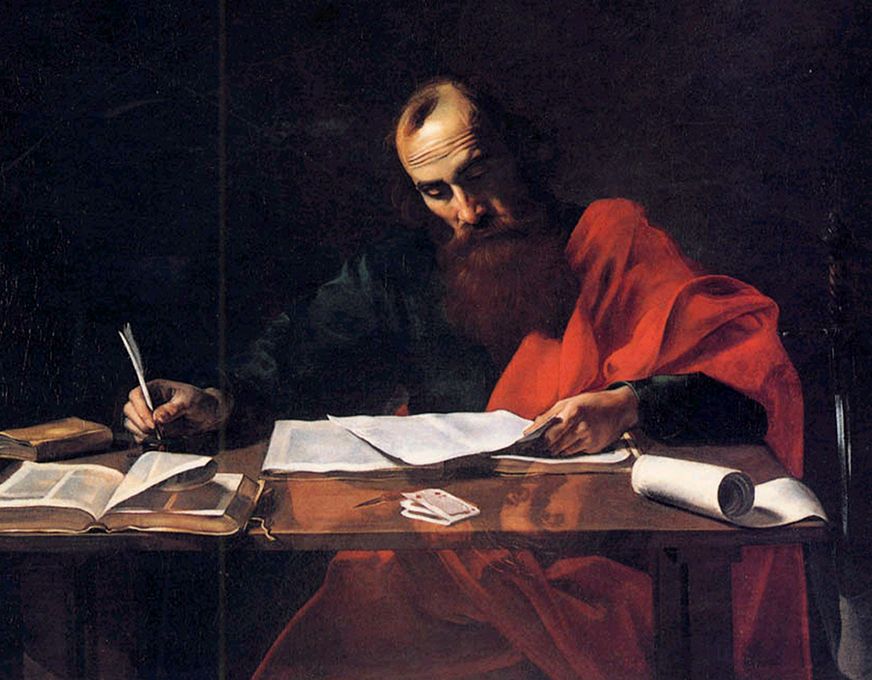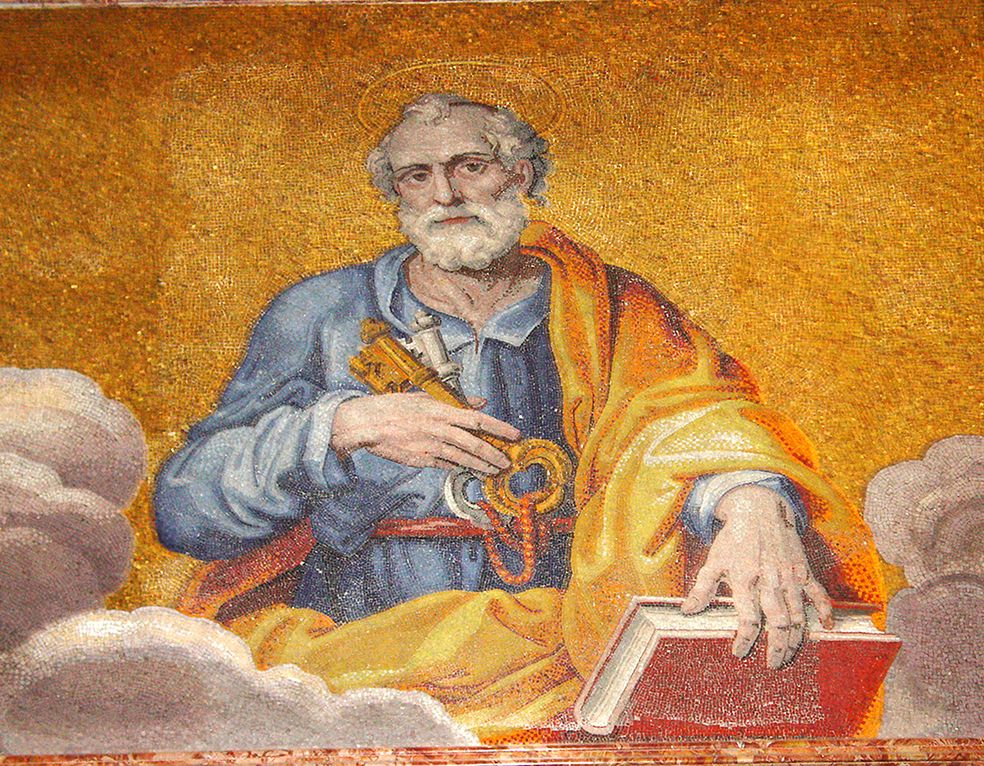The worship of the Old Testament consisted of animal sacrifices performed in an official place, the temple of Jerusalem, by a specialized priestly group, the tribe of Levi. The animals take the place of human beings (Substitution). The blood, the symbol of life, is the seal of the Covenant; it binds us with the strength of life itself. To violate the Covenant is to deserve to die. In the beginning, the sacrifices are performed in the open air. Classic examples of animal sacrifices performed in very important moments of the history of the Covenant are the one performed by Abram in Genesis 15:1-21, where God passes as a flaming torch between the halves of the victims, and in Exodus 24:1-8, during which Moses sprinkles the blood of the victims on the altar, which symbolizes God, and then on the people.
THE MERCY SEAT
At this moment, the two tablets of the Ten Commandments and the Ark of the Covenant, which is meant to house them, appear. The lid of the ark is plated with solid gold and holds the statues of the two cherubim at the two ends. In the middle is the most sacred space called “The Mercy Seat” or “God’s Throne”. This suggests that the ark is the throne upon which Yahweh stands invisibly upon the cherubim. Since there is no image of Yahweh, only the footstool is represented. God’s Throne is empty. When David wants to build a temple, God is reluctant to accept: Heaven is His dwelling and the earth His footstool. But Yahweh overlooks His transcendence and enters history: first the Ark and the Tabernacle, then the Temple are the symbols of His presence among His people. The Ark was the place where atonement was received, where divine communications were granted. It was carried into battle to symbolize Yahweh’s kingship and leadership. It was also the symbol of the Covenant of Yahweh with Israel: He was present because He had elected them as His people and imposed upon them the Commandment the Ark contained. The mobile tabernacle hosting the Ark was God’s house among His pilgrim people. The shape of the Tabernacle was the model of the future temple.
THE SPARROW FINDS HERSELF A HOME
The first temple, David’s dream, was built by Solomon and inaugurated with solemn prayer and abundant sacrifices. During all the vicissitudes of the exile, the wandering Jews had a strong nostalgia for the temple of the Lord.
The temple was an object of devotion: longing, love, joy: “How lovely is your dwelling place, Lord, God of hosts. My soul is longing and yearning for the courts (the temple) of the Lord. The sparrow finds herself a home and swallows a nest for her brood…” (Psalm 84:1-3).
The whole section, “The Psalms of Ascents” (120-132), develops the spirituality of pilgrimage, and the various sentiments, worries and joys of the pilgrims going up to the temple of Jerusalem. “I was glad when they said to me: ‘Let us go to the house of the Lord!’ Our feet are now standing within your gates, o Jerusalem!” (Psalm 122:1-2).
THE WORSHIP OF THE NEW TESTAMENT
The passion and resurrection of Jesus is the true sacrifice of the New Testament. The ritual of animal sacrifice is declared obsolete, and Jesus appears as the High Priest of the New Testament, making the offering of his body once and for all. Jesus, facing death as an act of supreme obedience and filial love, becomes the true temple that is destroyed by men’s evil power and raised to a new life by the Father.
Jesus’ priesthood is not ritual but personal. Jesus is the mediator of the New Testament, bridging the infinite gap between God and humanity with his obedience and sacrificial love. According to Jesus’ example and command, all Christians are constituted priests because of their baptism, continuing in the world Jesus’ mission through their mediation of love. The Eucharist, which is the memorial of Jesus’ Paschal Sacrifice, is the worship of the New Testament, “the source and the summit of the Church’s life”.
Ultimately, the theological significance of the temple in the New Testament is based on the saying of Jesus which identifies his body as the new temple. His body in turn is identified with the Church, and the Church herself is the new temple. The Church is the place of God’s presence, not merely symbolic but real through the indwelling of the Holy Spirit. The Apostles and the prophets are the foundation of the temple and Christ is its cornerstone and principle of unity. Christians are the living stones of this temple and its consecrated priesthood.



























